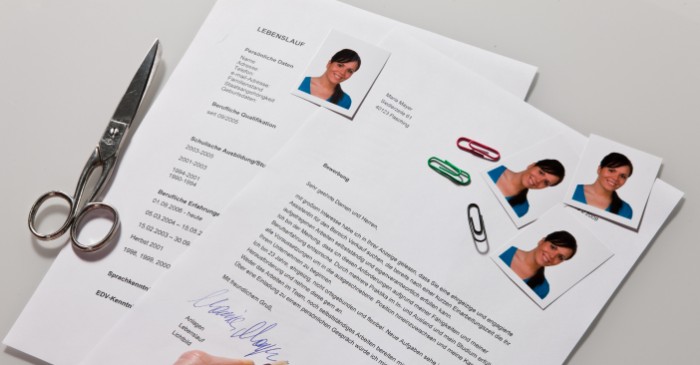Job Searching
CV Photos. Yes or No?

In Denmark, we usually add a head-shot photo to our CV, and the majority of employers consider it positive that they get to ‘meet you’ as a candidate. However, it is important that it is the right picture. And it is worth remembering that it won’t necessarily spoil your chances if you decide not to add a photo.
IDA’s career advisers give some good input below.
Advantages
“When we meet someone for the first time – either in person or in a photograph – we very quickly, and unconsciously, form an impression of that person. If we see a good picture of an applicant, it lays a foundation for the upcoming interview and the applicant is one step ahead.”
“If you include a photo, you create a picture in the head of the person deciding who to employ. People who have difficulty remembering names can often remember faces. It helps recognition. This is positive and is also nice for the person who will be collecting you at Reception.”
“From a professional point of view, you will usually resemble all the other applicants. A good photo and an interesting section on leisure activities give you the chance to stand out. These are the things people remember if they have to plough through a huge pile of applications.”
Pitfalls
“It can backfire if the picture is not what the recipient expects. You may look too styled or too stiff if you’re photographed in a jacket and tie. Or the look might be too casual for the workplace you’re applying to. Remember that you should look in the photo the way you would look for a job interview.”
“If you cut the picture out of a photo from a party or a holiday on Ibiza, you will send the wrong signals. It’s recreational and will seem unprofessional. You should also avoid sunglasses on your head, a cap or a hoody – particularly if you’re going for a job at Maersk! If the job is at a start-up company, the look can be more casual.”
“If the first impression you give is negative or in some way disconcerting, this will underlie all communication. So, it’s important to be as neutral as possible. It’s fine to attract some attention but not so much that the pattern on your shirt or colour of your hair cause distraction or become a talking point.”
What You Should Do
“You should use a decent picture – not a photo taken off the wall of your hall of residence or with a messy background. Think about the light. You can usually use the picture from your LinkedIn profile. Remember to smile – your smile should reach your eyes but you shouldn't be laughing your head off.”
“Make sure the picture has good resolution, that the light is good and it’s not taken too close to you. You should put it in the top right-hand corner of your CV, and it shouldn't be too big. A large photo sends the wrong signals; your ego may be too big. The picture acts as a supplement to all of your professional qualities, but it isn't the key element.”
“The picture must suit the environment in which you’re seeking a job. Check out the company’s website. How do the employees look? Choose the same style of clothes. Are you seeking a job as a marine biologist, where you will often be out in the field, or will you be working in a lab? But it’s important that it’s a good likeness of you.”
If you don’t want to add a photo
“If, for some reason, you’re concerned that sending a photo may spoil your chances of getting an interview, don't add one. It won’t be considered negative, and if you believe it will overshadow your professional qualifications, leave it out.”
This article is based on input from three of IDA’s career advisers: Sanne Mattebjerg, Morten Esmann and Jeanette Svendsen.